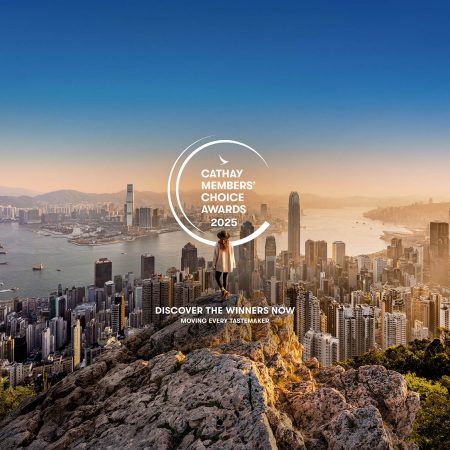Why (and how) we select alternate airports before departure
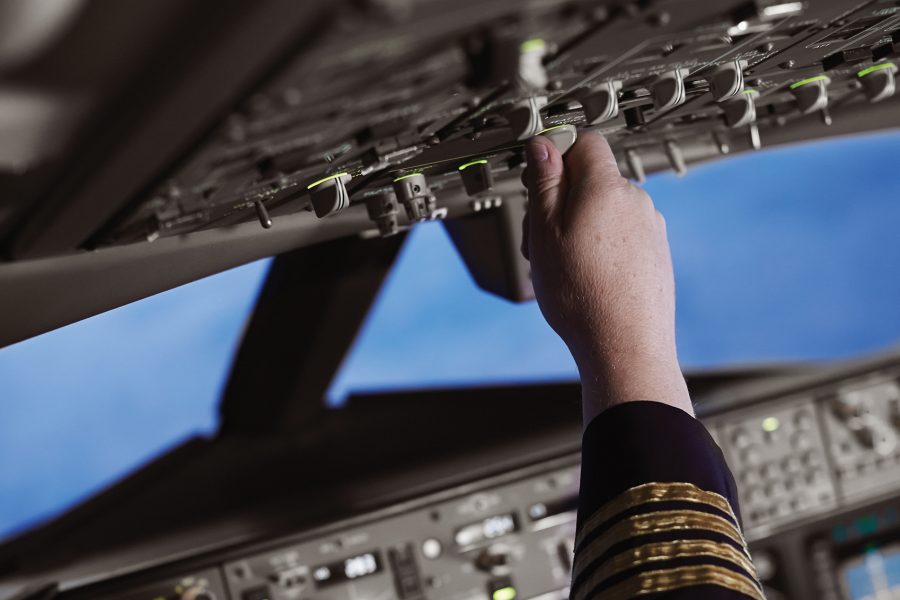
Cathay Pacific currently flies to about 80 destinations, but it’s always worth being prepared. We keep up-to-the-minute information about some 400 airports around the world – just in case.
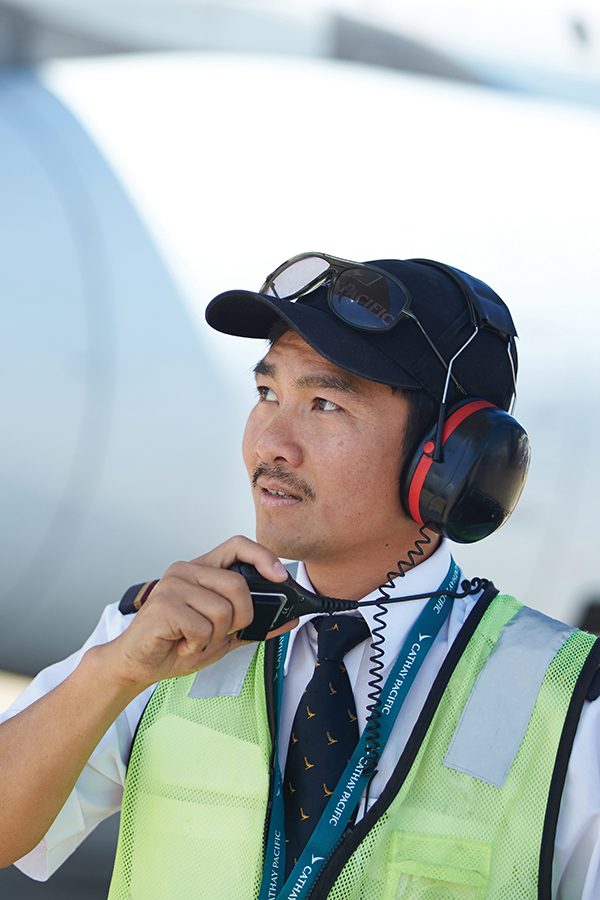
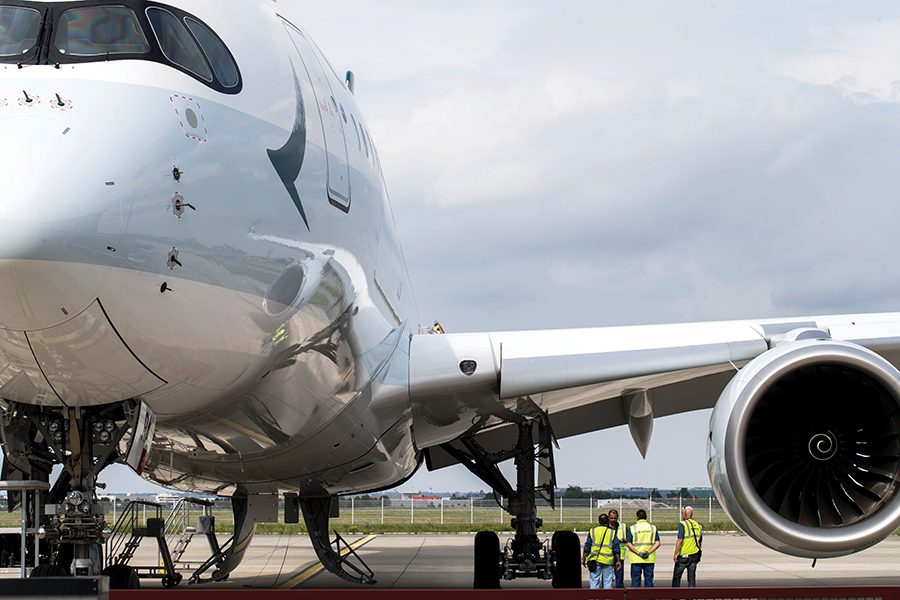
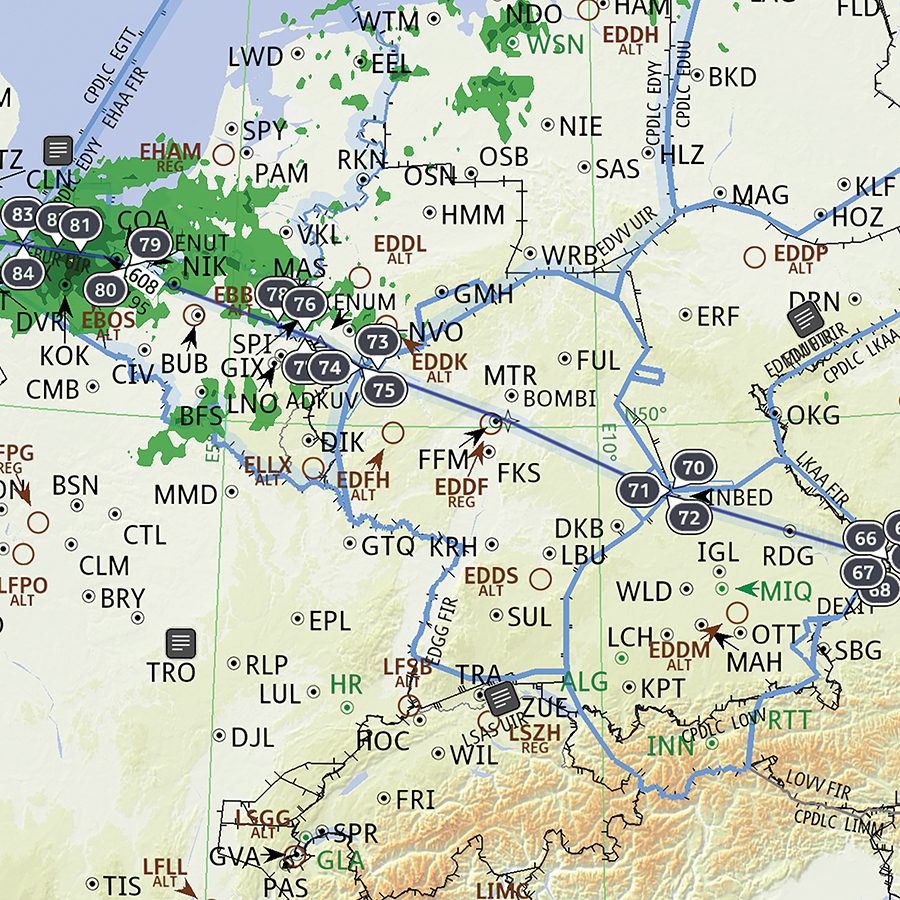
Before the departure of every flight, the crew will select “alternates”. These are airports that we can divert to if, for some reason, it’s not possible to land at the intended airport, such as bad local weather at the destination or an unforeseen closure.
There are also rare occasions when it’s necessary to divert en route to the original destination airport: technical issues affecting the aircraft, for example, or if someone is taken seriously ill on board. Either way, these airports need to be thoroughly researched and considered as part of every flight plan.
There are a lot of airports in the world, but not all are suitable as alternates or diversions, even in emergencies. How long is the runway? Can it handle the weight and size of the aircraft we use on long-haul routes? What are the facilities for passengers if they have to disembark? “We have a stack of requirements for alternate or diversion airports and it’s something our Operations Engineering team update and monitor all the time,” says Captain James Toye, who is also Head of Line Operations.
Those that pass this test are known as “adequate airports – these are airports that can accept our aircraft,” adds Captain Toye. Then there are security considerations around where pilots can fly or not fly, and land or not land. “This gets updated about twice a day,” he says.
When it comes to selecting destination alternates, the options depend on where you are. If Heathrow is closed, there are several alternates within a few minutes of flying time around London. In Australia, the alternate to Sydney is Melbourne, which requires a bit more fuel. The use of alternates is not unusual in Hong Kong, especially during typhoon season, but nearest isn’t necessarily best. While Macau International Airport is a nearby airport, it has a single runway and much smaller terminal facilities. That’s why during typhoons, flights may land in Taipei or Clark, near Manila, until conditions clear. The fuel for this needs to be factored into pre-flight planning. It’s a lot to take in.
“We will make sure we always have an option of somewhere we can go – or, in most cases, multiple options – just in case something untoward should happen,” says Line Operations Manager Captain Tony Pringle. “And we always carry the fuel to enable it.”
The medical side to diversions requires different inputs. Cathay Pacific, in common with a lot of airlines, uses a specialist provider in the US. “If we have any medical event on board, we radio through to MedLink,” says Captain Toye. “They’ve got doctors and a global database of medical facilities. They give us advice on whether the person is going to be okay to continue, or they’ll tell us to divert. They then look at which available adequate airport is suitable in terms of medical facilities.”
In most medical diversions, the aircraft lands and hands the passenger over to be looked after by healthcare professionals, and then the aircraft continues its journey.
“Around twice a year in our simulator sessions, along with emergency situations, we run decision-making simulations,” says Captain Toye. “Crew get put into difficult situations, and a lot of times they are based around fuel, alternates and diversions, so crew get used to decision-making under pressure.”
It’s good to know that even if you end up somewhere you hadn’t planned for – the crew has. Just in case.
More inspiration
- China – the Chinese Mainland, Hong Kong SAR, Macao SAR and Taiwan Region
- Hong Kong SAR - English
- Chinese Mainland (China) - English
- Taiwan, China - English
- 香港特別行政區 - 繁體中文
- 中国內地 - 简体中文
- 中國台灣 - 繁體中文
- Africa
- South Africa - English
- Asia
- Bangladesh - English
- Korea - English
- Singapore - English
- Cambodia - English
- 한국 - 한국어
- Sri Lanka - English
- India - English
- Malaysia - English
- Thailand - English
- Indonesia - English
- Maldives - English
- ประเทศไทย - ภาษาไทย
- Indonesia - Bahasa Indonesia
- Myanmar - English
- Vietnam - English
- Japan - English
- Nepal - English
- Việt Nam - tiếng Việt
- 日本 - 日本語
- Philippines - English
- Australasia
- Australia - English
- New Zealand - English





